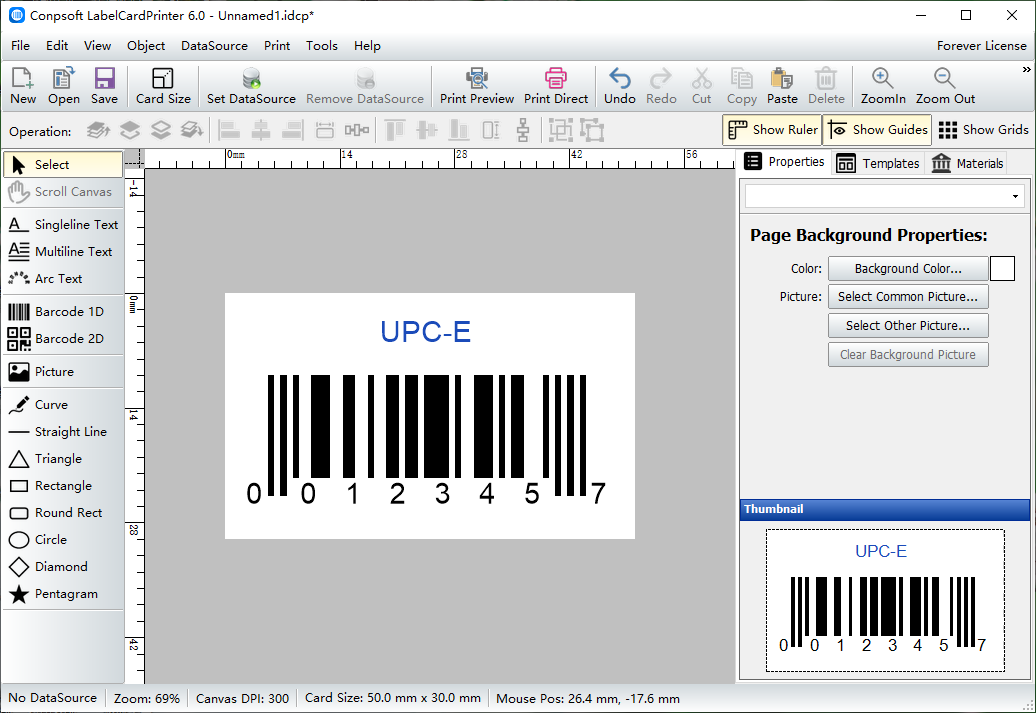UPC bar code usage and introduction
UPC stands for Universal Product Code, which is a bar code system developed by the United States Uniform Code Committee (UCC). Originally created to help grocery stores speed up the checkout process and better track inventory, UPC barcodes were so successful that they soon spread to all other retail items.
UPC codes are the predecessor of EAN codes, so they have similar characteristics and coding methods. UPC codes are divided into standard UPC-A codes and simple UPC-E codes. The six barcode characters on the left of UPC-A barcode are all composed of barcode characters of A subset, while the data characters and verifier on the right are all composed of barcode characters of C subset. This is the UPC-A barcode, that is to say, UPC-A barcode is A special form of EAN-13 barcode. UPC-A bar code is compatible with N1= '0' in EAN-13 code. The first digit character on the left of UPC-A bar code is the system character, and the last digit character is the check character. They are placed outside the start character and end character respectively. In addition, the bar length of the bar character representing the system character and the verification character and the bar length of the terminator are equal.

Under certain circumstances, the 12-bit UPC-A barcode can be represented as a shortened form of barcode symbol, that is, UPC-E barcode. UPC-E barcode is special in that it directly represents only six data characters. The barcode symbol itself has no middle separator, and the terminator is different from UPC-A. The height of the UPC-E bar code symbol is the same as that of the UPC-A bar code symbol, but the length is greatly shortened.

UPC code is currently mainly used in the United States and Canada (most other European countries use ENA13 code), because of its wide range of applications, it is also known as universal bar code. Later, we will introduce how to batch make UPC codes.